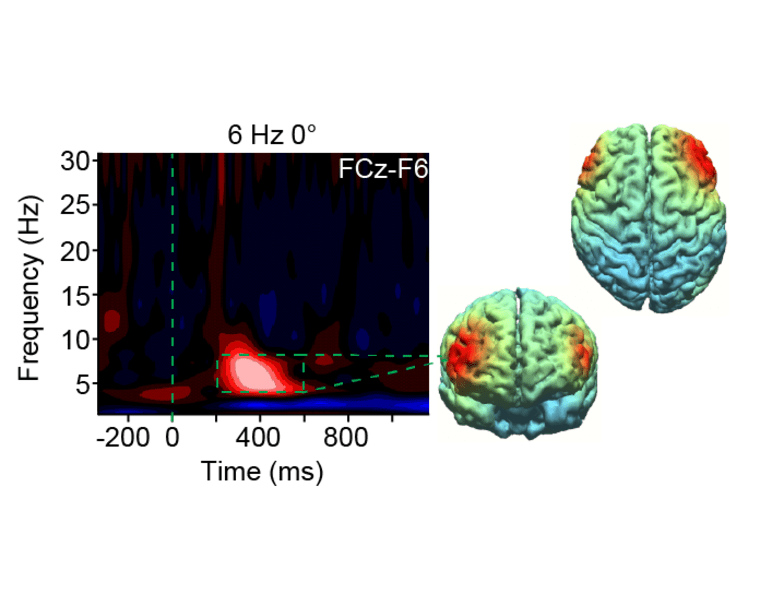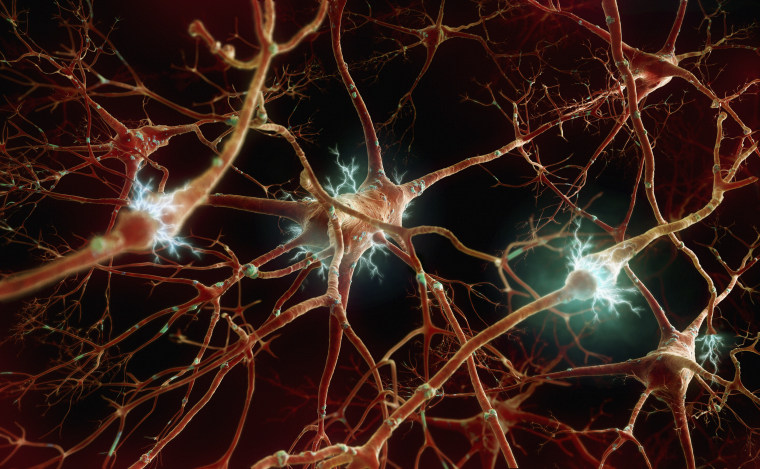In brief: What if you could improve your mental aptitude and performance by directly stimulating specific parts of the brain? That's what a team of researchers from Boston University wanted to find out, and they developed an experimental procedure that can change how you think.
HITTING THE RIGHT LOBES
A team of researchers from Boston University (BU) has explored the possibility of enhancing a person’s ability to learn and control their behavior — in short, to change how people think — by stimulating the brain. BU researcher Robert Reinhart used a new form of brain stimulation, called high-definition transcranial alternating current stimulation (HD-tACS), to “turbo charge” two brain regions that influence how we learn.
“If you make an error, this brain area fires. If I tell you that you make an error, it also fires. If something surprises you, it fires,” Reinhart said in a BU Research press release, referring to the medial frontal cortex, which he calls the “alarm bell of the brain.”

Reinhart and his colleagues found that stimulating this region, as well as the lateral prefrontal cortex, could change how a person learns. “These are maybe the two most fundamental brain areas involved with executive function and self-control,” he added.
In a study published in the journal of the Proceedings of the National Academy of Sciences (PNAS), Reinhart’s team described how applying electrical stimulation using HD-tACS quickly and reversibly increased or decreased a healthy person’s executive function, which led to a change in behavior.
SMART CHARGE
Reinhart’s team tested 30 healthy people, each wearing a soft cap with electrodes that conveyed the stimulation. The test was simple: each subject had to press a button every 1.7 seconds. In the first three rounds of tests, the researchers either cranked up the synchronicity between the two lobes, disrupted it, or did nothing.
The participants’ brain activity, monitored with an electroencephalogram (EEG), showed statistically significant results. When the brain waves were upped, the subjects learned faster and made fewer mistakes, which they corrected abruptly. When it was disrupted, they made more errors and learned more slowly.
What was even more surprising was when 30 new participants took an adjusted version of the test. This group started with their brain activity temporarily disrupted, but then received stimulation in the middle of the activity. The participants quickly recovered their original brain synchronicity levels and learning behavior. “We were shocked by the results and how quickly the effects of the stimulation could be reversed,” says Reinhart.
Although their study still leaves much to learn, the BU team was actually the first to identify and test how the millions of cells in the medial frontal cortex and the lateral prefrontal cortex communicate with each other through low frequency brain waves. “The science is much stronger, much more precise than what’s been done earlier,” said David Somers, a BU brain sciences and psychology professor who wasn’t part of the study.
The bigger question, Somers noted, is how far a person can go with such a technology. Who doesn’t want to have their brain performance enhanced? This could produce the same effects as nootropics or smart drugs, but with fewer potential side effects, as the brain is stimulated directly. Having access to such a technology could be a game changer — but just as with smart drugs, there’s the question of who should have access to such a technology.

